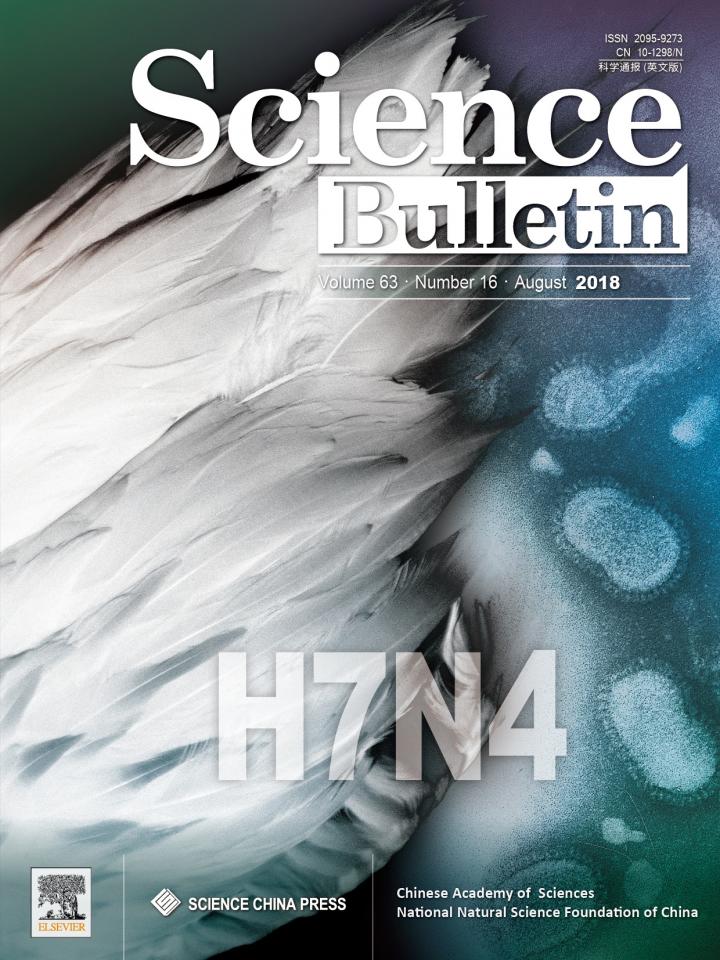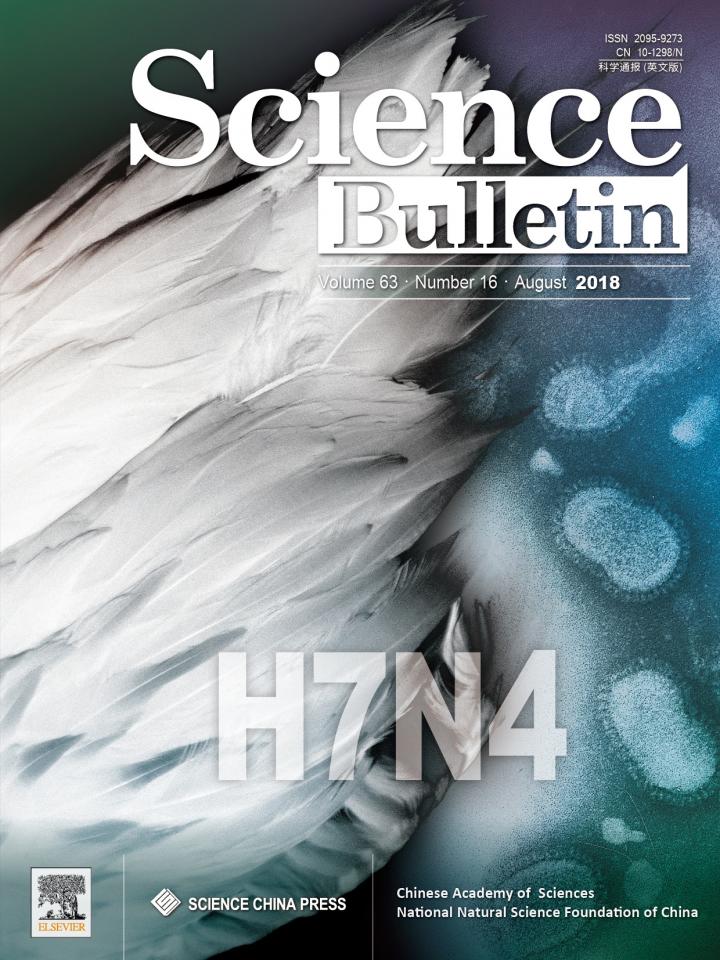
Credit: ©Science China Press
Wild birds are believed to be the reservoir of influenza A viruses, and poultry may serve as a key intermedia in the cross-species avian influenza virus (AIV) transmission from wild birds to human. The backyard poultry, especially those locating in the flyway of migratory birds, is supposed to play a vital role in the introduction of wild bird AIVs. A novel reassortant AIV, influenza A(H7N4), has been identified in such a scenario, according to a new study published by Science Bulletin.
According to the epidemiological and laboratory investigations, the novel H7N4 virus originated from wild bird AIVs, infected backyard chickens and ducks and cause a severe human infection. A comprehensive investigation has been conducted on this case, confirming the viral infection and the transmission route. Early identification and response to this incident interrupted the spread of this novel virus.
The patient developed severe pneumonia after preceding influenza like illness. She finally responded to treatment with oseltamivir and ICU support. Based on the genome sequencing, the accountable novel virus is distinct from previously-reported avian H7N4 and H7N9 viruses. It is low pathogenic to avian, susceptible to antivirals and has binding preference of avian-like α2, 3-linked sialic acid receptor.
The symptomatic surveillance system and pathogen detection platform, including next generation sequencing, established in Jiangsu Provincial CDC play an important role in the early identification and early intervention on novel influenza viruses which could infect human.
"Threats from AIVs never stop. For early warning and preparedness regarding influenza pandemic, it is important to keep alert on the AIV infection of backyard poultry and feeders," the authors conclude.
###
This study was supported by grants from the National Science and Technology Major Project of China (2015ZX09101044), Science & Technology Demonstration Project for Emerging Infectious Diseases Control and Prevention of Jiangsu Province, China (BE2015714 & BE2017749) and Key Medical Discipline of Jiangsu Science & Technology Project of China (epidemiology, ZDXKA2016008).
See the article and highlight:
Huo Xiang, Cui Lun-biao, Chen Cong et al. Severe human infection with a novel avian-origin influenza A(H7N4) virus. Sci Bull, 2018, 63:1043-1050
https://www.sciencedirect.com/science/article/pii/S2095927318303220
Yuen KY. Another avian influenza A subtype jumping into human: this time is H7N4. Sci Bull, 2018, 63:1025-1026
https://www.sciencedirect.com/science/article/pii/S2095927318303773
Media Contact
YAN Bei
[email protected]
http://www.scichina.com/
Related Journal Article
http://dx.doi.org/10.1016/j.scib.2018.07.003





